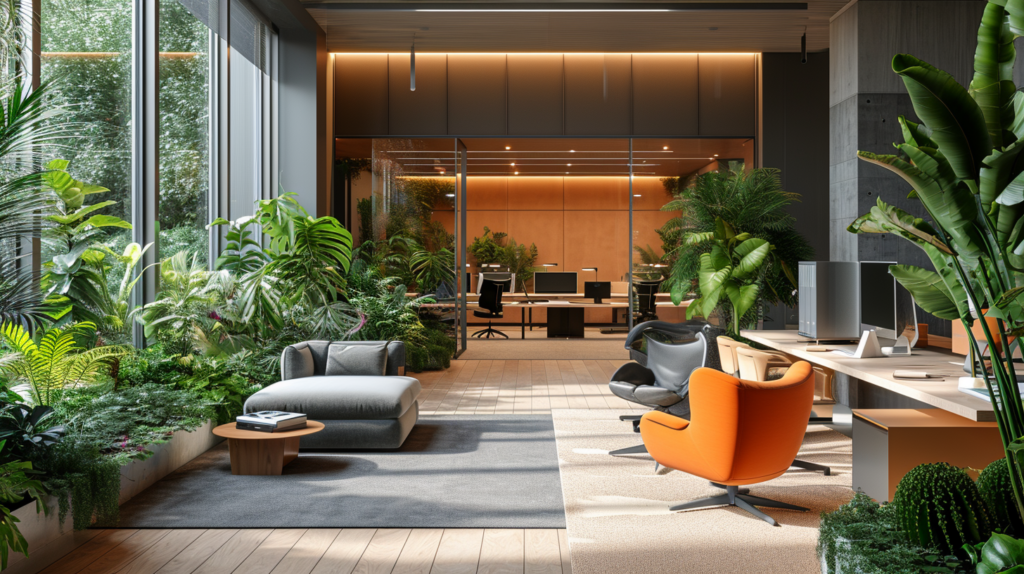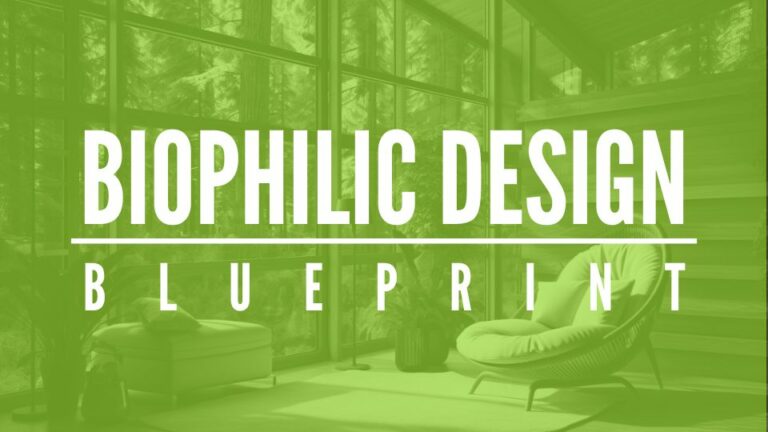Unlock Premium, Members-Only Content
Your source for the most relevant updates in sustainable construction
Free GPT On Your Computer!
Here’s Filipe, and I’m super excited to share our latest news with you: we’ve just uploaded an incredible video on my personal YouTube, diving into the fascinating world of local GPTs.
This tutorial is a complete guide for you to master these powerful AI tools, offering an alternative to the paid access of CHATGPT4.
And the coolest part? I’m going to teach you how to interact with your documents seamlessly.
This approach surpasses CHATGPT4 in some aspects, especially regarding analysis and interaction with documents.
In the video, I explain how you can use software like LM Studio and GPT4All, and I show how these tools can be used to engage in dialogue with documents and generate super-relevant content.
Watch the Video by Clicking Here
I highlight the ease of installation and use, focusing on GPT for all for simplicity and efficiency. Moreover, I show how you can load your files and run them locally on your computer, using practical examples such as biophilic design.
I genuinely believe in the advantages of using these local tools compared to CHATGPT4, mainly due to their superior indexing capability and file interaction.
So don’t miss this chance! This exclusive content is available for a limited time, 2 days, after which it will only be available to members of our closed community, the
Watch now and discover the incredible universe local AI tools can open up for your projects and learning.

Some Unusual Strategies in Biophilic Design
Biophilic design is known for its standard strategies such as the use of plants and maximizing natural light.
However, there are several creative and less conventional approaches that can also be used to bring the benefits of nature to urban environments.
Here are some examples:
- Use of Fractals: Fractals are repetitive patterns found in nature, like in the shape of a fern leaf or the branches of a tree. Incorporating fractals into design elements, such as wall coverings, art, and even in the architecture of a building, can create a subconscious sense of calm and connection with nature.
- Historic Elements with Connection to Nature: Integrating historical elements that have a strong connection with nature into modern designs can create a sense of continuity and depth. For example, using patterns or artifacts that refer to local flora and fauna in a historical or cultural context.
- Spiritual and Natural Connotation: Spaces that combine spiritual and natural elements, such as zen gardens or small sanctuaries with water and stone elements, can provide a refuge for contemplation and spiritual connection, promoting inner peace and balance.
- Simulation of Natural Environments: Through technology, it is possible to create simulations of natural environments, such as interactive walls that display moving natural landscapes or sound systems that reproduce sounds of nature, such as the singing of birds or the sound of a waterfall.
- Sensory Design: Incorporating elements that stimulate the senses, such as water fountains for sound and touch, or herb gardens for smell and taste, enriches the experience of the space and strengthens the connection with the natural world.
These innovative biophilic design strategies not only enhance the aesthetics of a space but also promote well-being, connecting space users in unique and deep ways with nature and its essence.
Did you know all these ideas? Let me know here.

Unique Opportunity on Green Interiors Day: Free Access to UGREEN’s “Practical Biophilic Design” Course
We are happy to announce an exclusive opportunity for participants of the Green Interiors Day, a pioneering event in the world of sustainability and eco-conscious design, which will take place in São Paulo and Milan.
By registering for the event, participants will receive, as a phenomenal bonus, free access to the course “Biophilic Design in Practice” directly from UGREEN.
This course is recognized as the most comprehensive training in biophilic design currently available. “Biophilic Design in Practice” is a deep educational journey, offering innovative insights and techniques to integrate the beauty and benefits of nature into interior design and architecture.
The initiative to provide this high-value course for free is part of our commitment to deliver the maximum value to our participants and, at the same time, ensure the success and maximum occupancy of the event as soon as possible, so that we can organize everything more calmly.
It’s a true win-win: while you benefit from cutting-edge knowledge and invaluable skills, we dedicate ourselves to organizing a memorable event, full of learning and enriching experiences.
Don’t miss this chance to enhance your biophilic design skills with the course “Biophilic Design in Practice”. Register now for the Green Interiors Day and be part of a community that is shaping the future of sustainable design.
We look forward to seeing you in São Paulo and Milan, ready to transform spaces, lives, and the planet.
Have a great Monday!
Filipe Boni
UGREEN